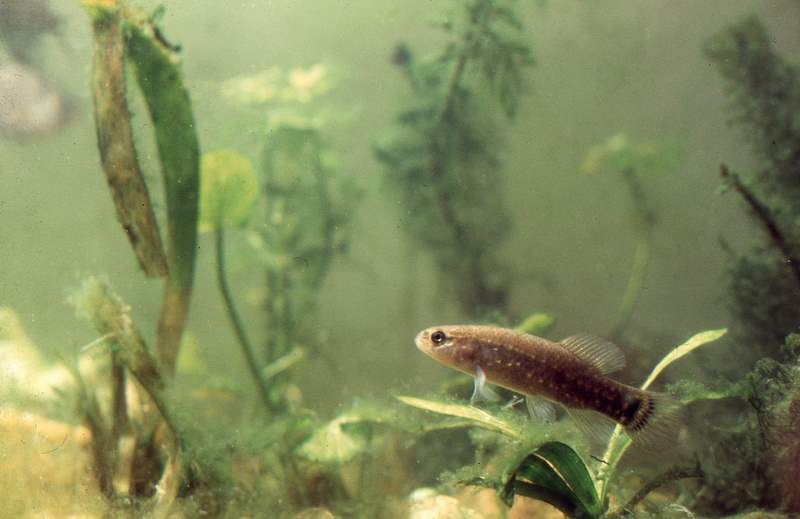For 21 years, the New York City Department of Environmental Protection (DEP) has administered its watershed protection program. The program allows the city to avoid filtration and makes it the largest unfiltered water supply in the nation, serving more than 9 million New Yorkers. In early May, the state health department approved revisions to New York City’s 2007 Filtration Avoidance Determination (FAD).
The new FAD will prepare New York watersheds for such future threats as severe storms. DEP will commit roughly $70 million toward flood mitigation projects in upstate watershed communities. Flood hazard mitigation also will include a city program for buying out property owners in flooded areas. New York City has invested about $1.5 billion in watershed protection programs, and will increase that commitment to $1.7 billion under the new FAD. Specific programs will address such concerns as high turbidity in the Catskill system of the city supply. The city plans to fund more river restoration projects and conduct scientific reviews of its turbidity management efforts.
Under the FAD, DEP will continue funding infrastructure improvements at farms within source watersheds, building new facilities to collect and treat wastewater, protecting vast swaths of open space, and testing water quality in streams, reservoirs, and street-side taps more than 500,000 times a year. New York City’s water comes from the Catskill, Delaware, and Croton watersheds that extend more than 200 kilometers from the city. The system comprises 19 reservoirs, three controlled lakes, and numerous tunnels and aqueducts.





